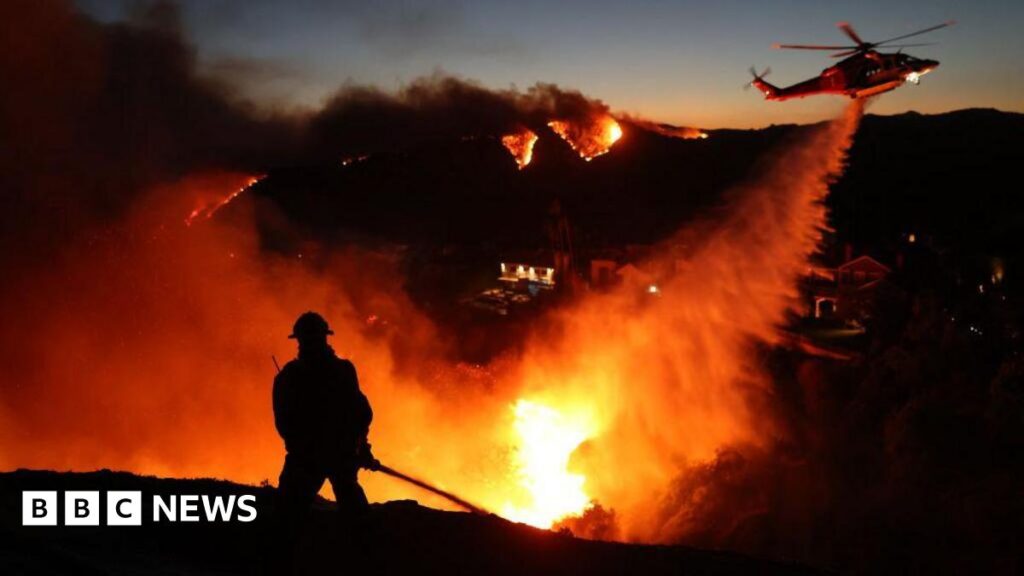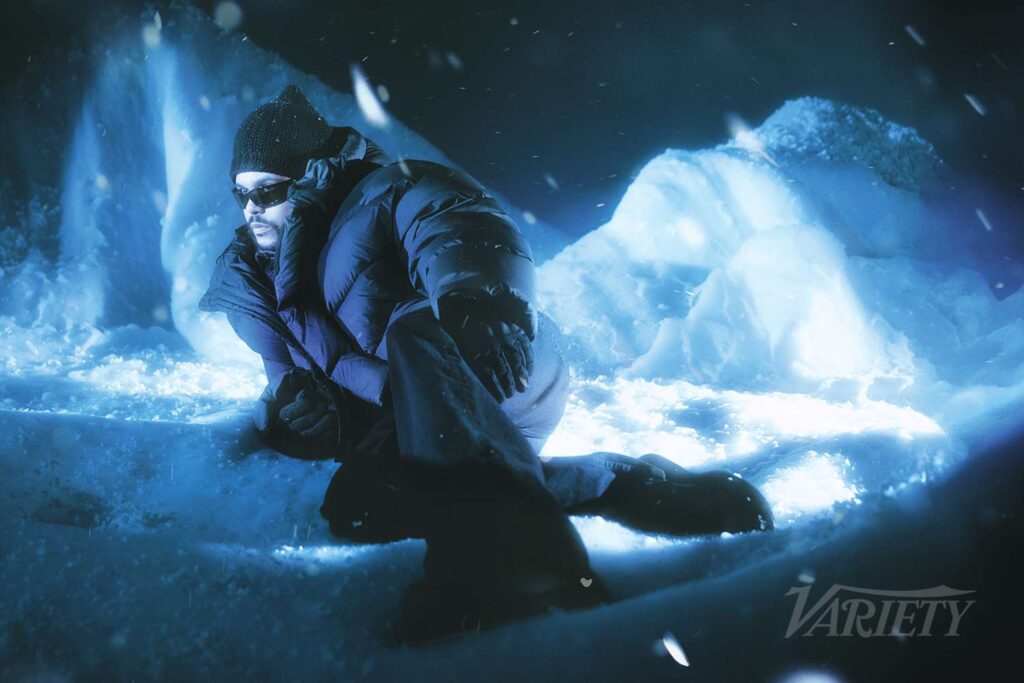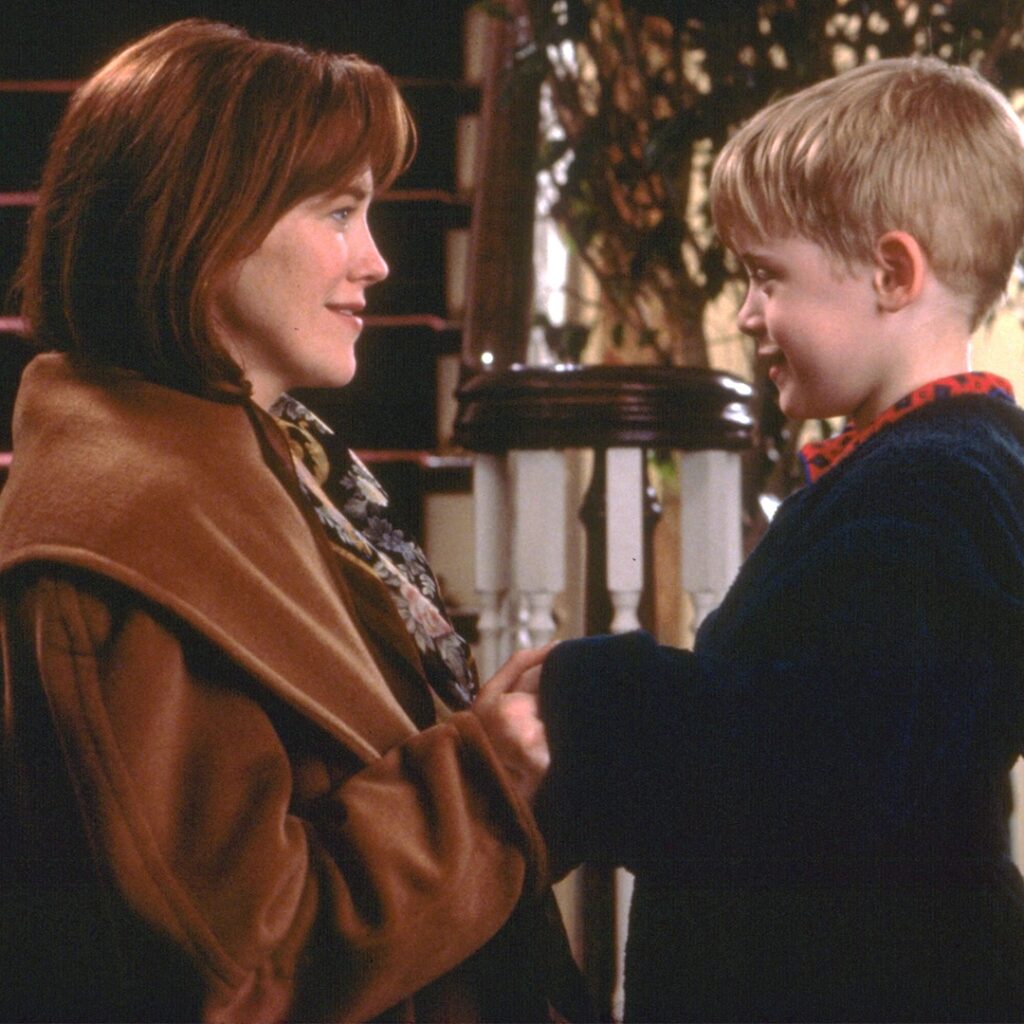]
The hiking trail through Temescal Canyon in western Los Angeles is a favourite of locals.
Towering above the twisting roads and manicured homes that make up the Pacific Palisades, urban hikers seeking an escape from America’s famously gridlocked city have a clear view of the pristine waters of the Pacific.
Now the green, brush-lined path in the canyons is grey and burned as far as the eye can see.
Yellow police tape surrounds the path up to the trail. Police guarding this area are calling it a “crime scene” and prevented BBC reporters, including me, from getting any closer.
It’s where investigators think the deadly blaze that destroyed so many homes in the area may have started.
A similar scene is playing out across town in the north of the city. There, the community of Altadena was levelled by a different fire that ignited in the San Gabriel Mountains.
Investigators in both locations are scouring canyons and trails, and examining rocks, bottles, cans – any debris left behind that might hold clues to the origins of these blazes, which are still unknown.
It’s the one thing on-edge and devastated Angelenos are desperate to know: how did these fires start?
Without answers, some in fire-prone California are filling in the gaps themselves. Fingers have been pointed at arsonists, power company utilities or even a blaze days prior in the Pacific Palisades that was snuffed out but may have re-ignited in the face of Santa Ana winds blowing at 80-100mph (128-160 kmph) last week.
Investigators are examining all those theories and more. They’re following dozens of leads in the hopes that clues in burn patterns, surveillance footage and testimony from first responders and witnesses can explain why Los Angeles saw two of the most destructive fire disasters in US history ignite on 7 January, so far killing 27 people and destroying more than 12,000 homes and businesses.
But this tragic mystery will take time to solve – possibly as long as a year.
“It’s just too early,” Ginger Colbrun, a spokeswoman for the Los Angeles division of the US Bureau of Alcohol, Tobacco, Firearms and Explosives (ATF) told the BBC.
“Everyone wants answers, we want answers, the community wants answers. They deserve an explanation. It just takes time.”








